A well-developed chest isn’t just about looks—it’s a cornerstone of upper body strength, power, and functional performance. Whether you're training for aesthetics, strength, or athletic capability, a structured chest workout is essential for any serious muscle and fitness routine. This article explores effective chest training strategies, workout examples, and a personal note on what made the biggest difference in my own training evolution.
Why Chest Training Matters
Your chest muscles—primarily the pectoralis major and pectoralis minor—play a key role in pressing, pushing, and stabilizing the upper body. Strong pecs improve posture, shoulder health, and overall upper-body performance. But more than that, a well-rounded chest routine contributes to a balanced, symmetrical physique and helps reduce the risk of injury by supporting surrounding muscle groups like the deltoids and triceps.
Best Chest Workouts for Muscle and Strength
To build a fuller, stronger chest, you need to go beyond flat bench pressing. A well-structured muscle and fitness chest workout should include compound lifts, isolation moves, and angle variations.
Here’s a sample muscle fitness chest workout you can incorporate into your routine:
Day 1: Push Power & Volume (Strength Focus)
-
Barbell Bench Press – 4 sets of 5–8 reps
-
Incline Dumbbell Press – 4 sets of 8–10 reps
-
Weighted Dips – 3 sets of 10–12 reps
-
Cable Fly (Mid-height) – 3 sets of 12–15 reps
-
Push-ups (to failure) – 2 burnout sets
Day 2: Chest Isolation & Shape (Hypertrophy Focus)
-
Incline Machine Press – 4 sets of 10–12 reps
-
Low-to-High Cable Fly – 4 sets of 12–15 reps
-
Dumbbell Pullover – 3 sets of 10–12 reps
-
Flat Dumbbell Press (Slow Tempo) – 3 sets of 8–10 reps
-
Pec Deck Machine – 3 sets of 15+ reps
This two-day split blends compound strength lifts with controlled isolation exercises. Adjust the volume and load based on your experience level and recovery.
Training Tips for Better Results
-
Use Full Range of Motion: Partial reps limit your potential. Stretch and contract the pecs fully on each repetition.
-
Mind-Muscle Connection: Focus on feeling the chest work, especially during fly movements. Avoid letting your shoulders or triceps dominate the lift.
-
Don’t Skip the Incline: Many lifters over-prioritize the flat bench. Incline movements are key for building upper chest thickness.
-
Progressive Overload: Increase weight, reps, or control over time to keep challenging the muscle.
-
Recovery Matters: Rest 48–72 hours between intense chest sessions to allow full recovery and growth.
Personal Insight: The Plateau That Changed Everything
Years ago, I hit a plateau—my chest wouldn’t grow, no matter how many bench sets I hammered out. The turning point wasn’t adding more weight; it was learning to train smarter. I switched to dumbbell work and cable movements with slower tempo and higher volume. That shift forced my pecs to engage more deeply. Within a month, I noticed a visual change—not just more mass, but better chest separation and symmetry. It wasn’t about lifting heavier. It was about lifting better.
Final Thoughts
An effective chest routine isn't about doing everything—it's about doing the right things consistently. Whether you're aiming for size, strength, or definition, the right chest workouts for muscle and fitness gains come down to form, progression, and recovery. Stick with it, track your results, and be patient. Your chest will grow—not just in size, but in performance and capability.
Ready to train? Pick one of the splits above and commit to it for 6–8 weeks. The results will speak for themselves.


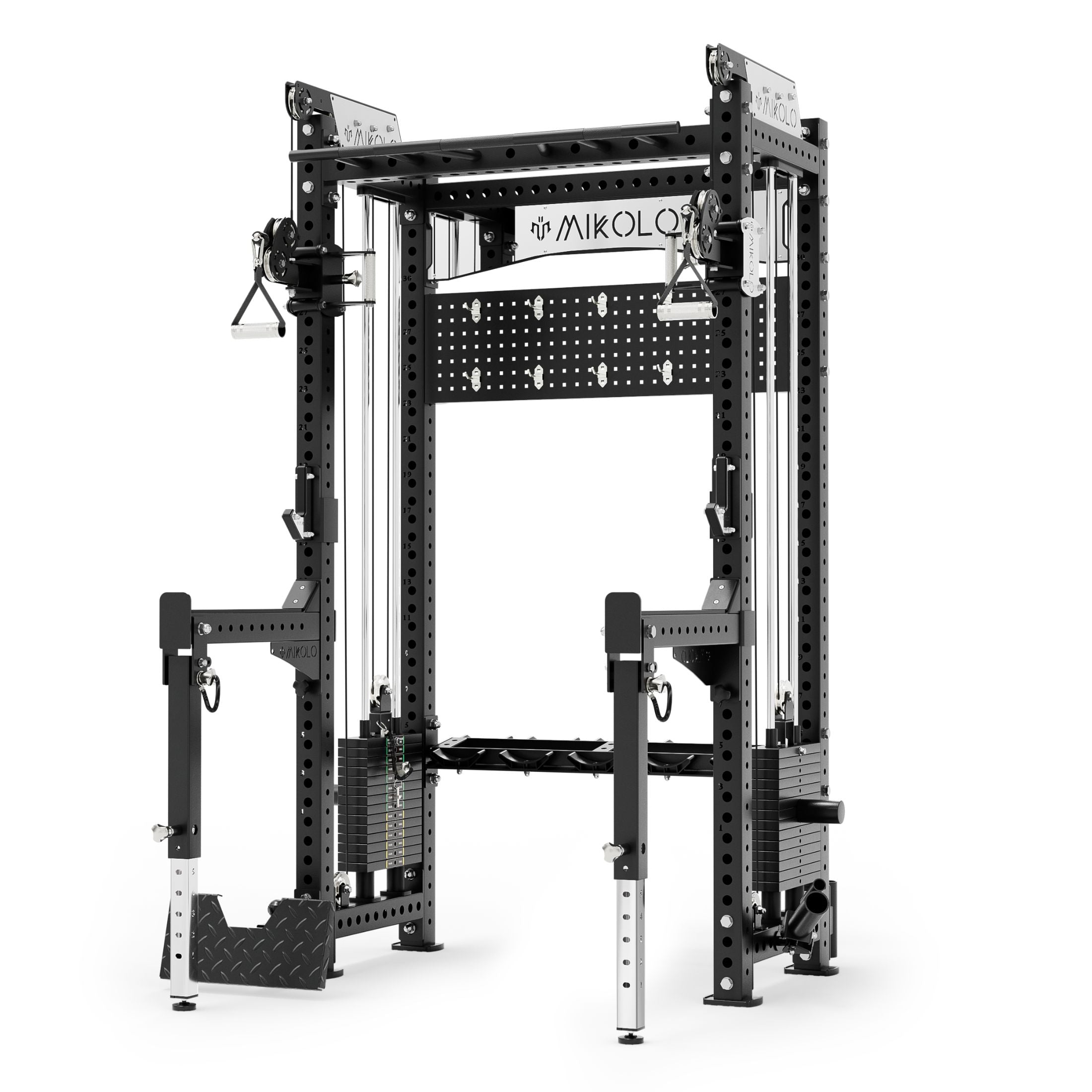
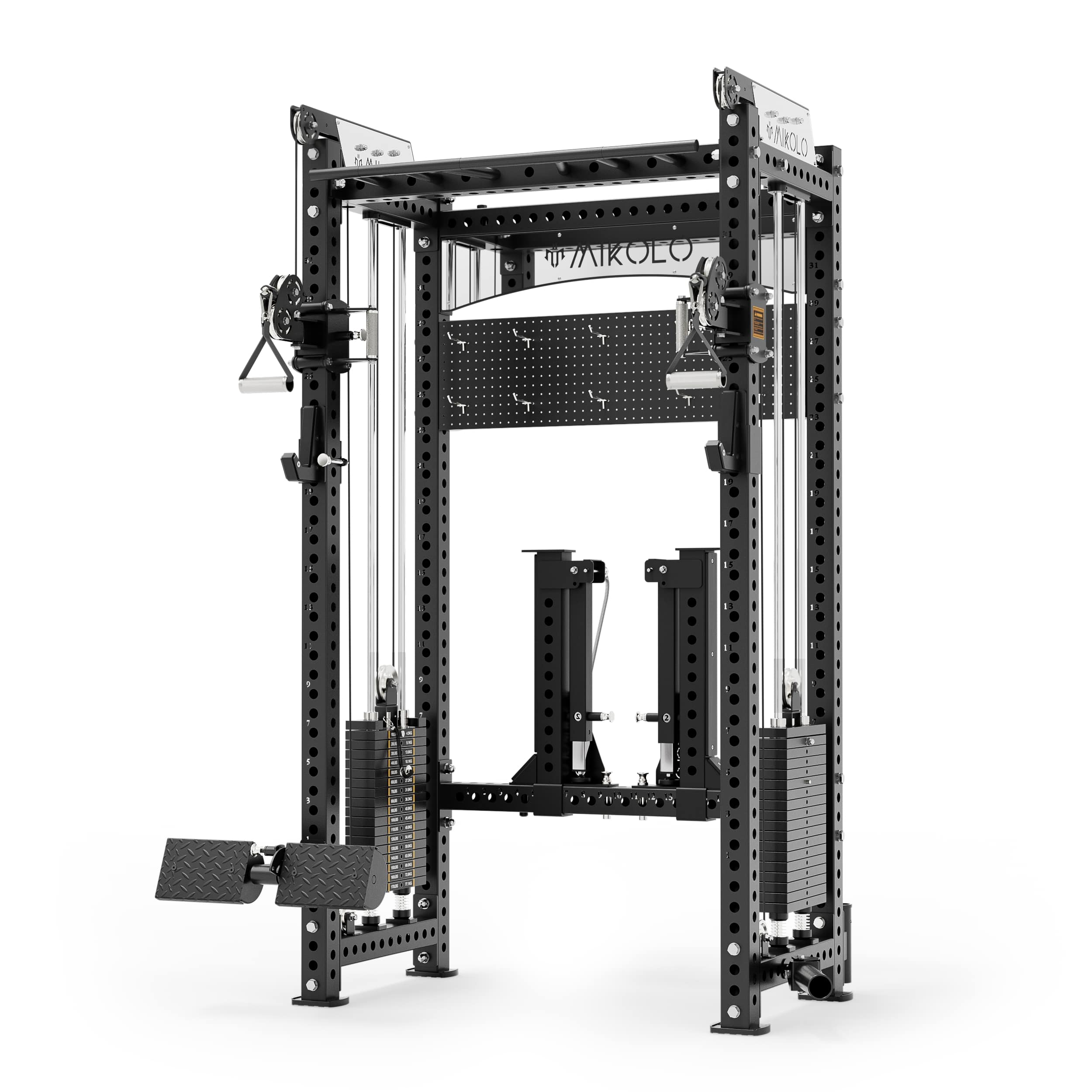
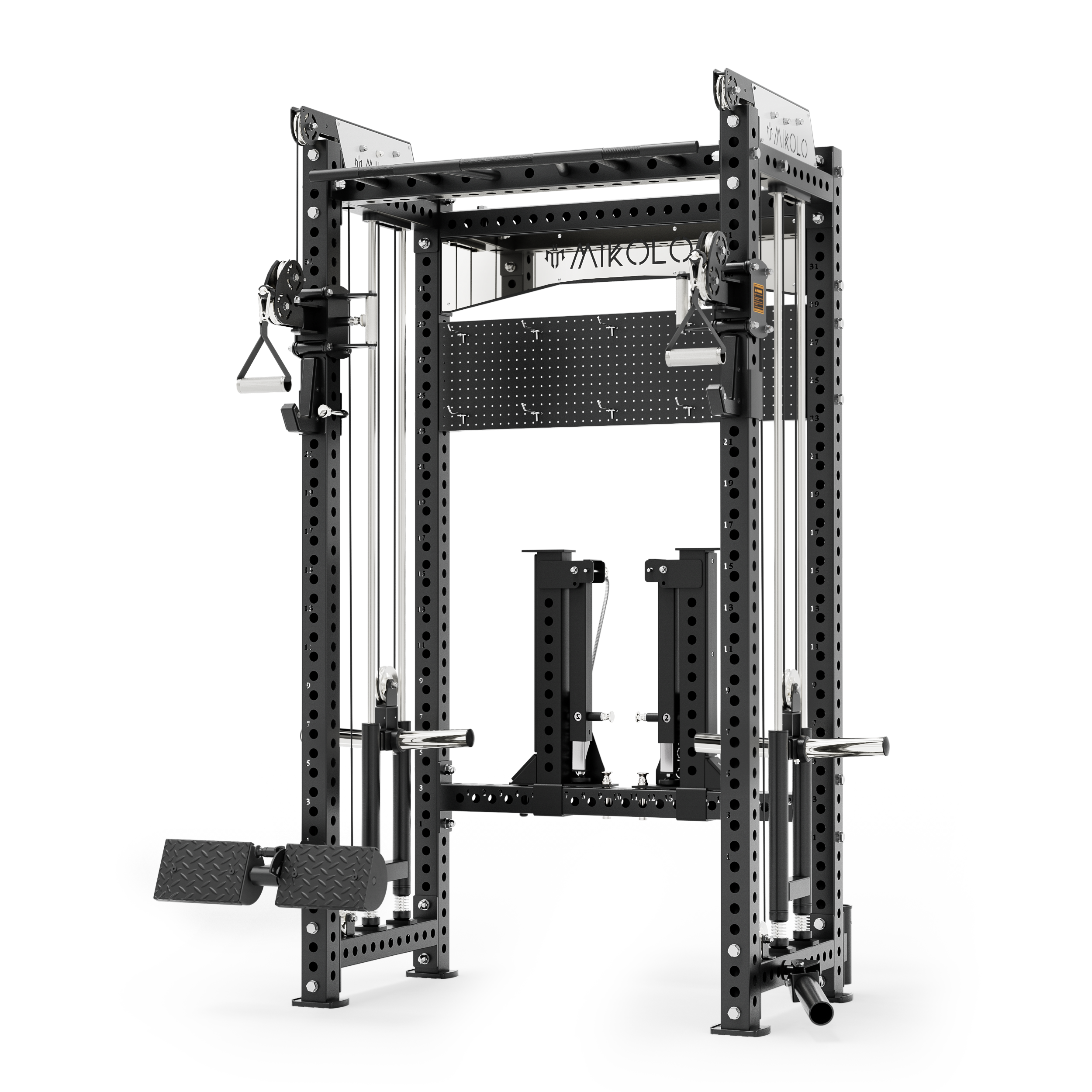


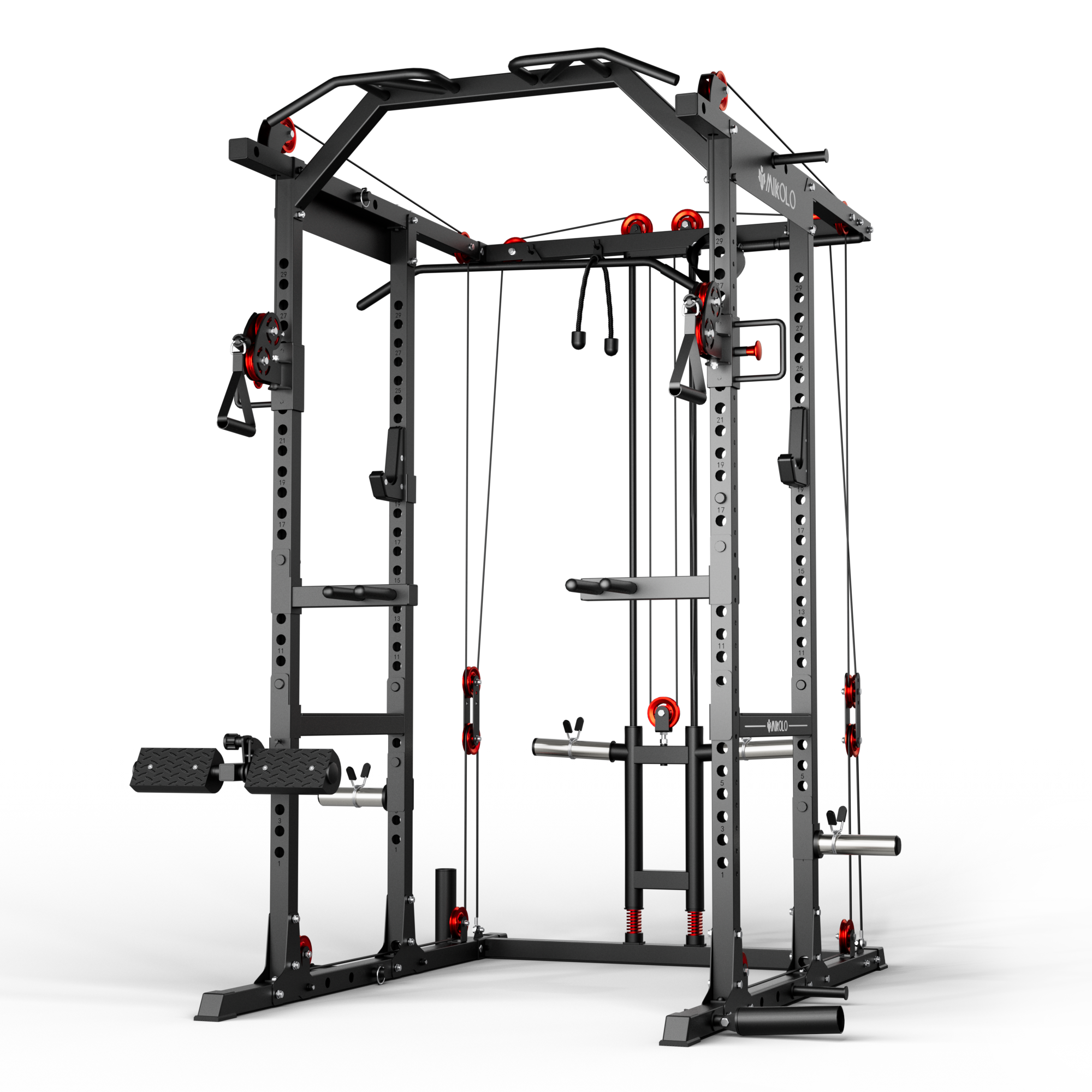


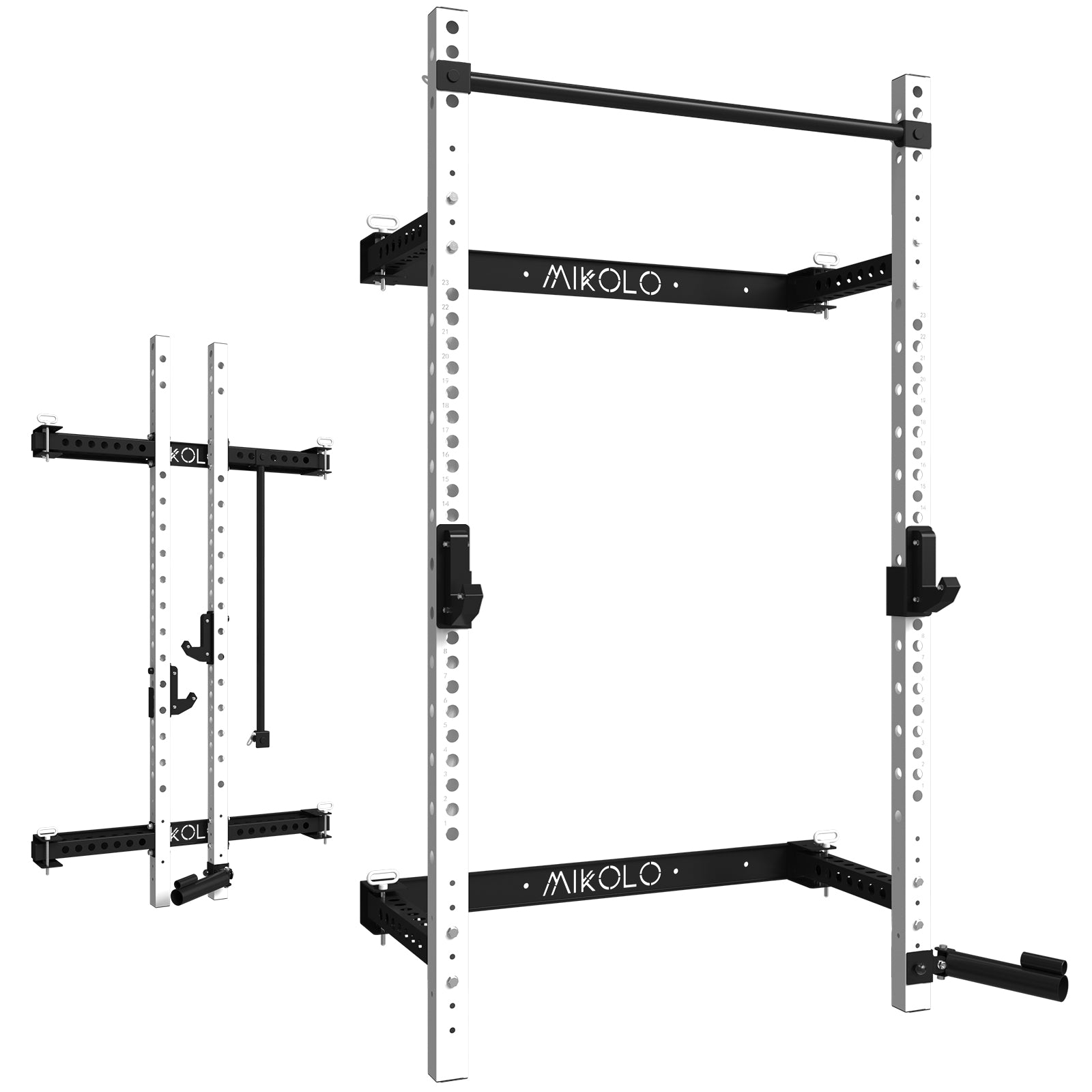


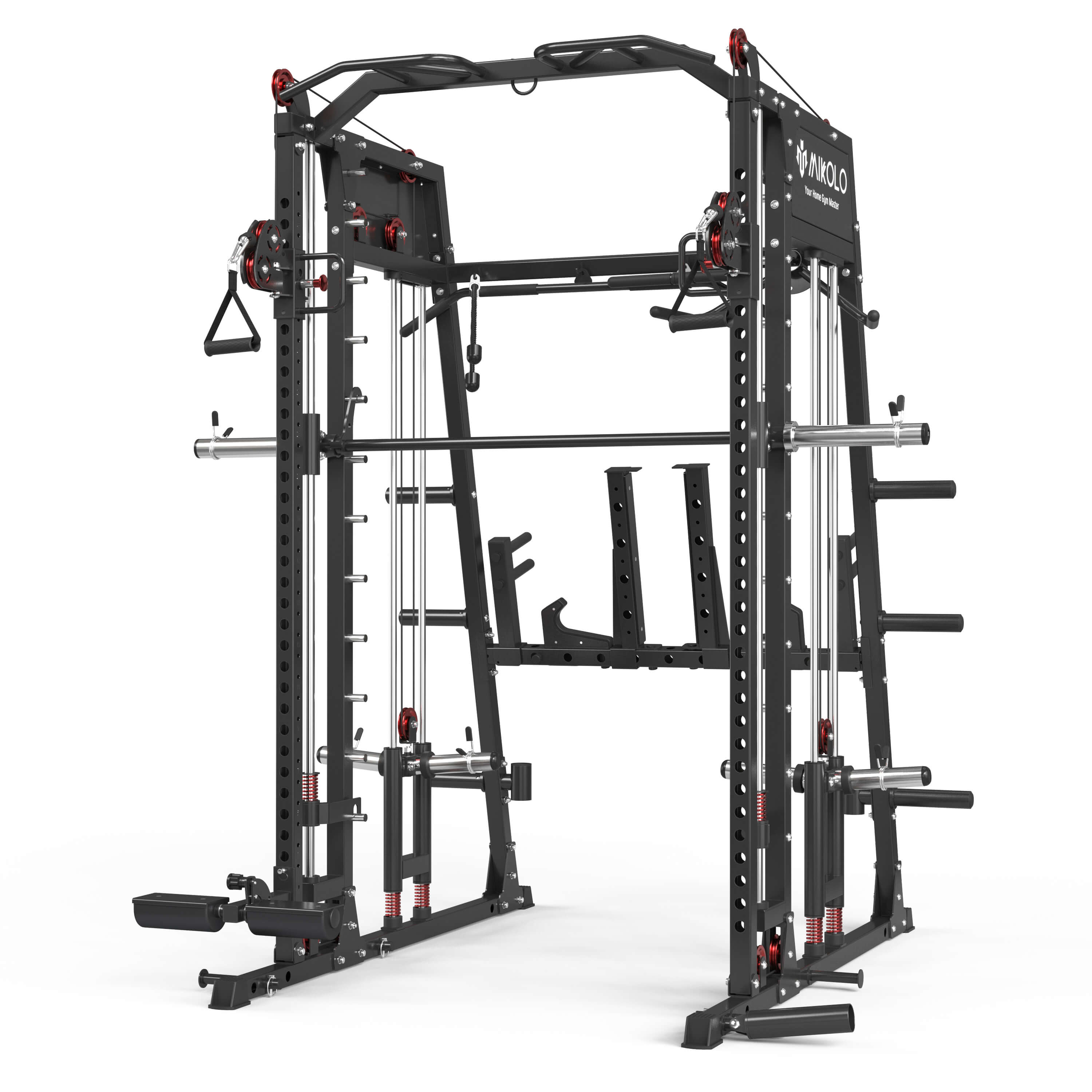
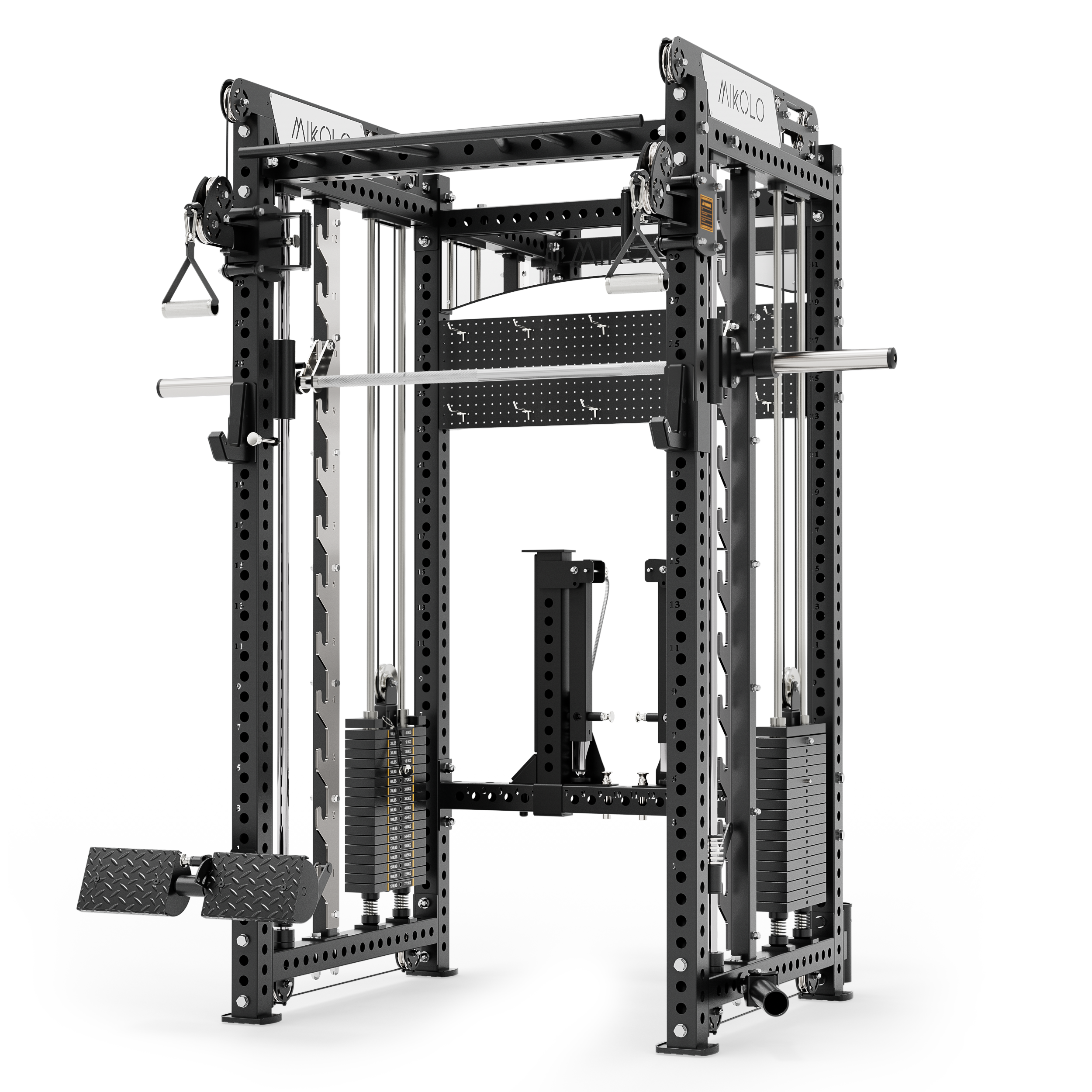
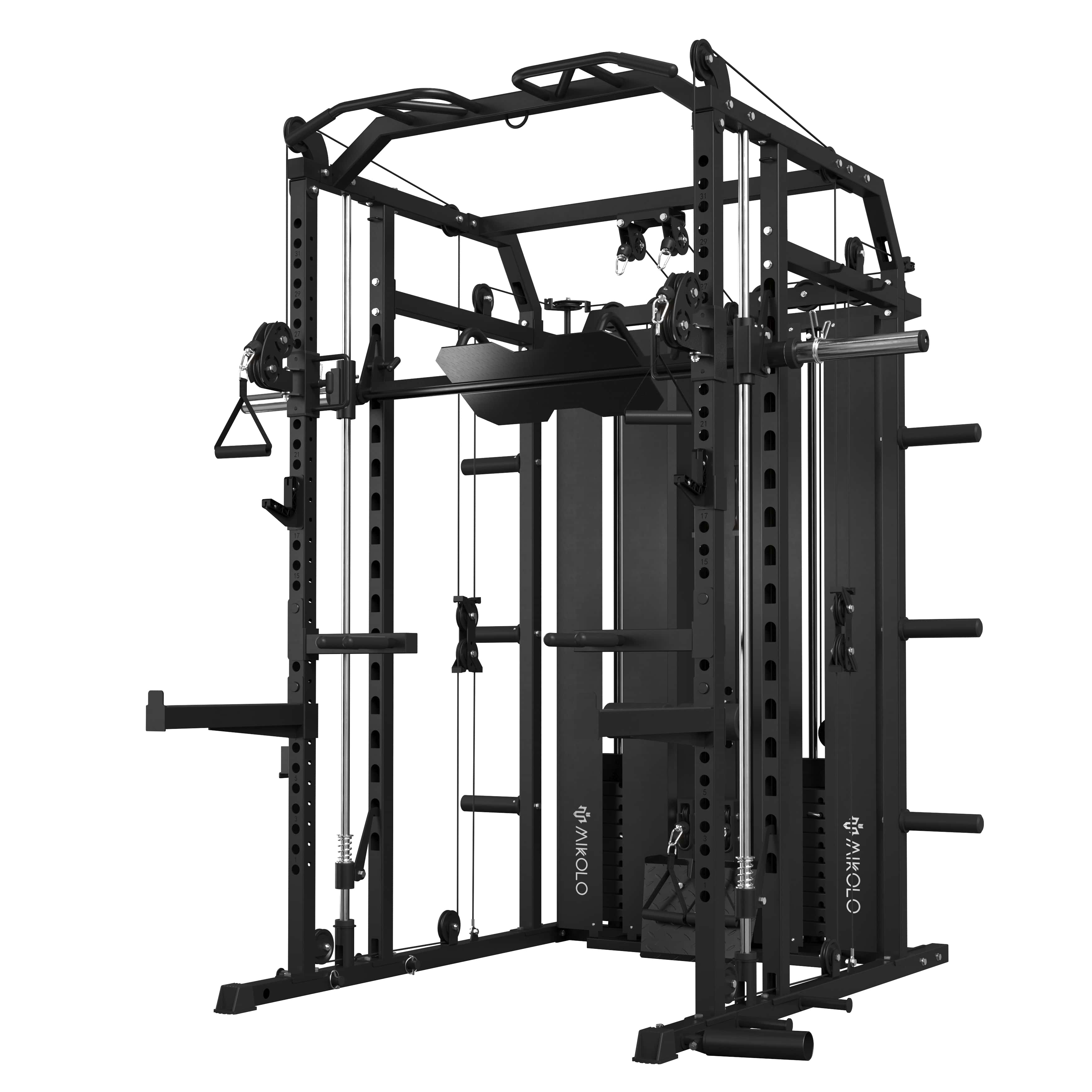




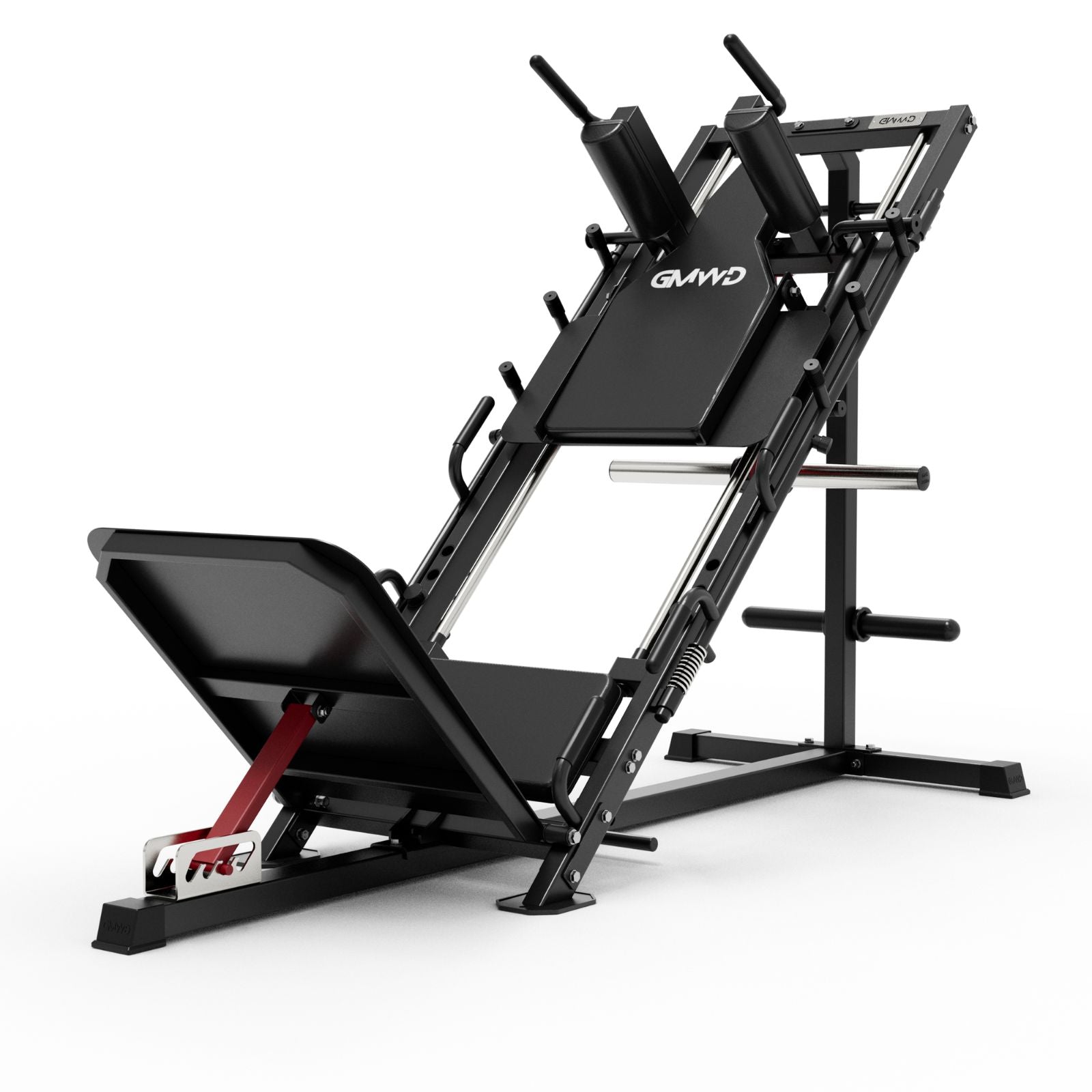


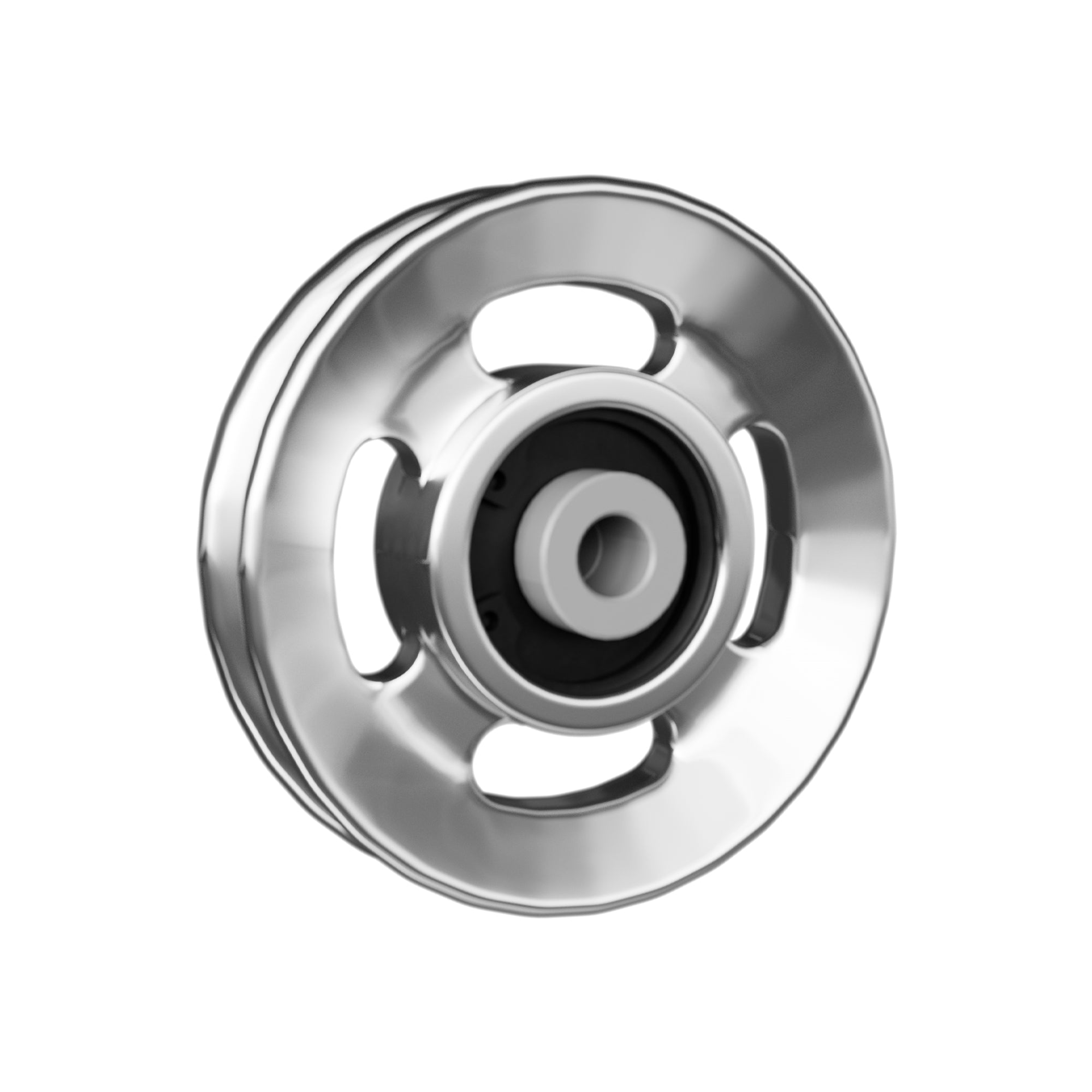








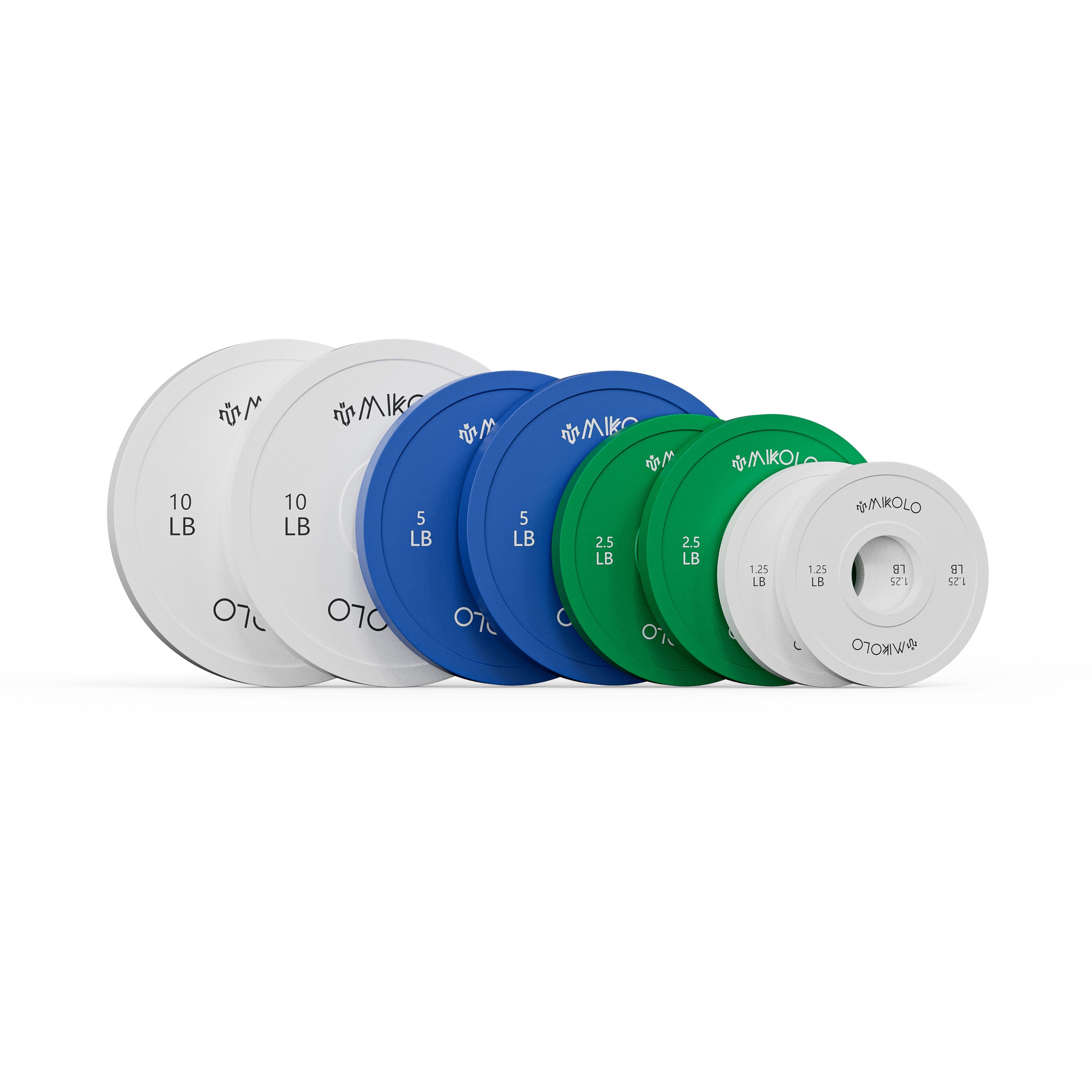









Leave a comment
This site is protected by hCaptcha and the hCaptcha Privacy Policy and Terms of Service apply.